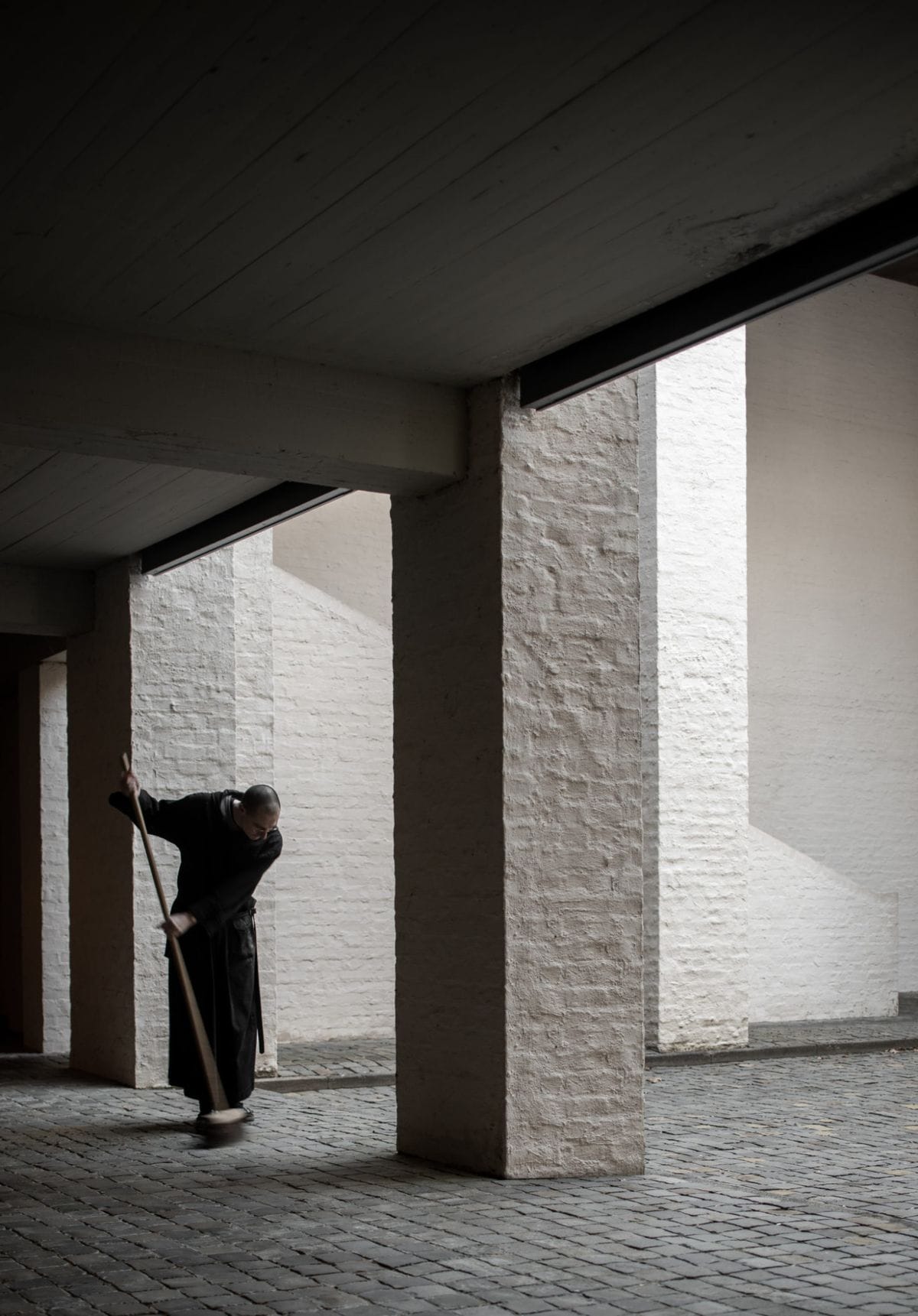
In cities that hum without pause and buildings that pulse with utility, silence is often treated as a void to be filled. But silence is not the absence of meaning. It is a medium of experience, capable of carrying depth, intensity and clarity that speech often lacks.
Architecture has long understood the power of form and light. Less acknowledged is its capacity to shape the conditions in which silence becomes perceptible. Not merely acoustic stillness, but a space in which noise, both internal and external, temporarily loses its grip. In such places, a different kind of perception emerges. Not sharper, but quieter. Not louder, but more exacting.
Silence in space is rarely neutral. It can soothe or unsettle, protect or expose. Its effect is tied to the way space is composed. A corridor that slows the pace of movement. A room where light falls gently. Materials that absorb sound without sterilising atmosphere. These are not design gestures for aesthetic ends, but spatial invitations to listen. To oneself, to others, to the unspoken.
There are moments when silence operates like a wall. It holds the world at a necessary distance, allowing boundaries to reset. But silence can also act like a door. It permits passage into something less visible but no less real: an internal encounter, a moment of still recognition, a reprieve from demand.
The emotional quality of silence depends on context. In some settings, it sharpens discomfort, bringing unresolved thoughts to the surface. In others, it invites pause, reflection, even renewal. The challenge lies in knowing the difference and designing accordingly. This is not about promoting quiet for its own sake, but about recognising silence as an architectural material. Intangible, yet active.
As environments become increasingly saturated with distraction, the spaces that allow silence to hold its shape will gain in relevance. They will not shout for attention. But they will be remembered for how they made us feel: not overwhelmed, but met. Not instructed, but understood. In those spaces, silence will not be an absence. It will be the point.

